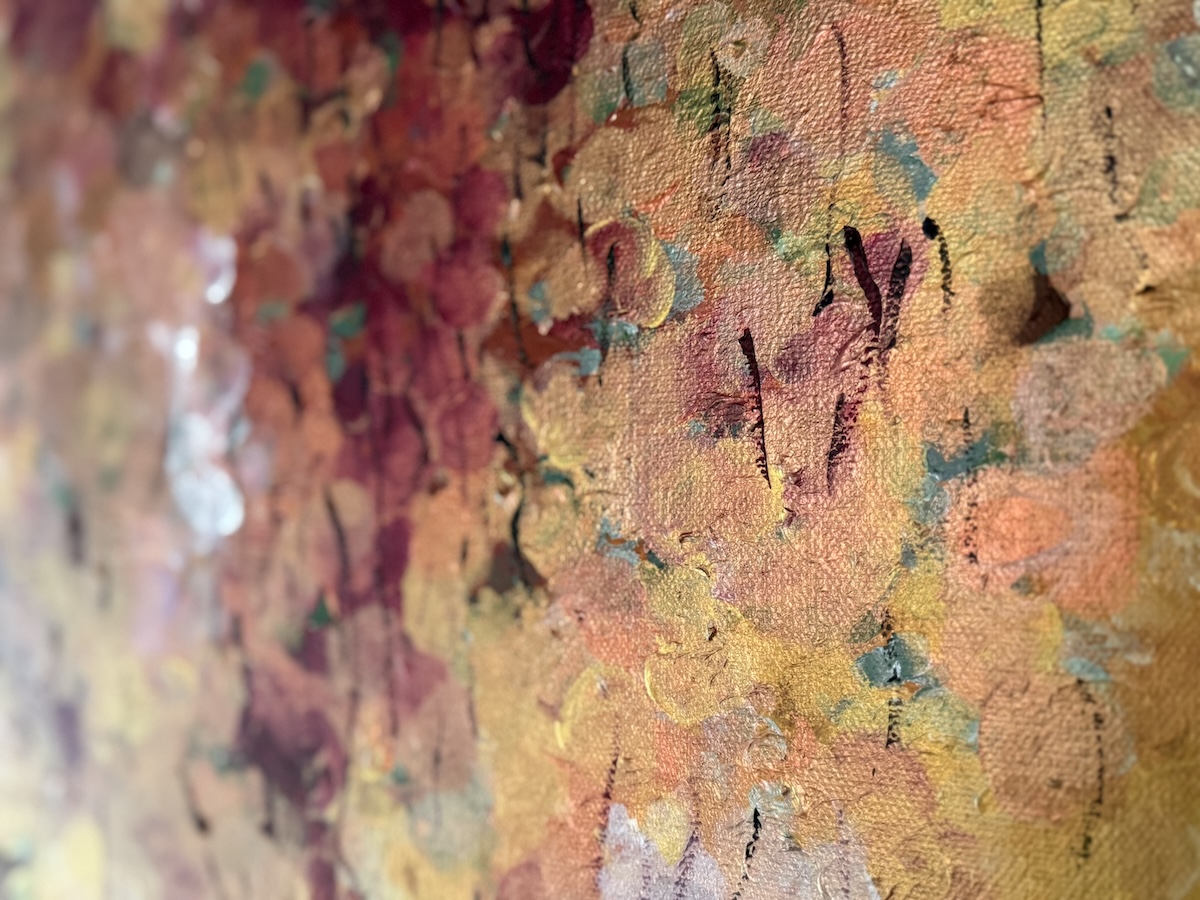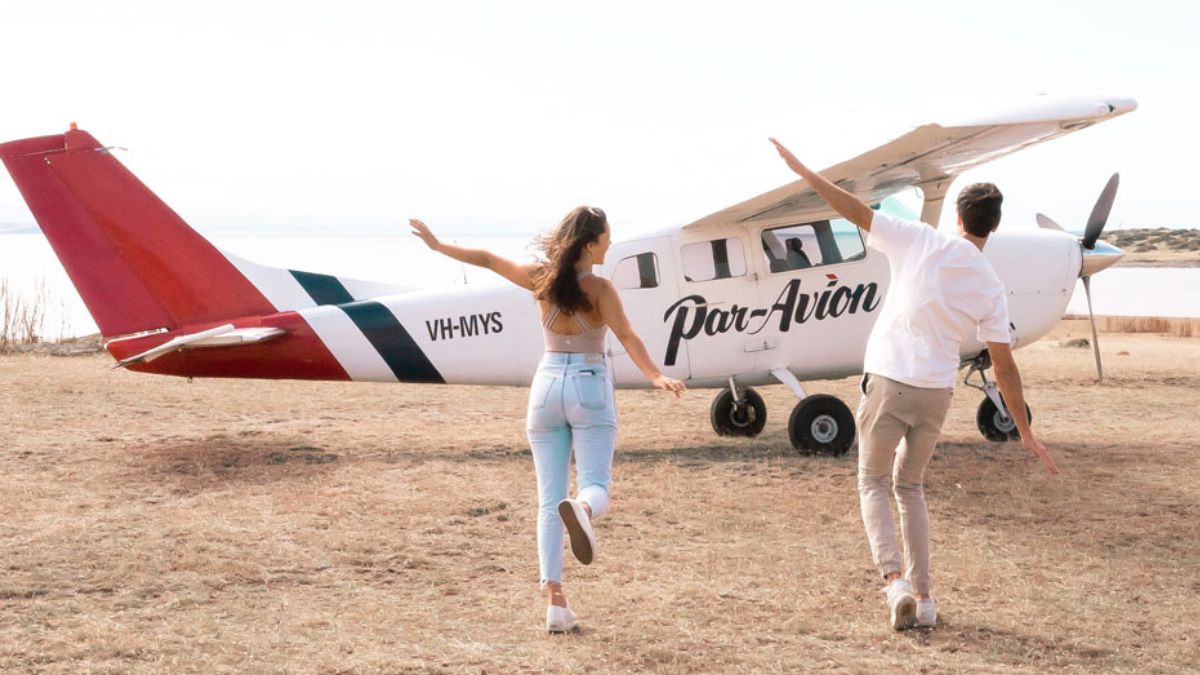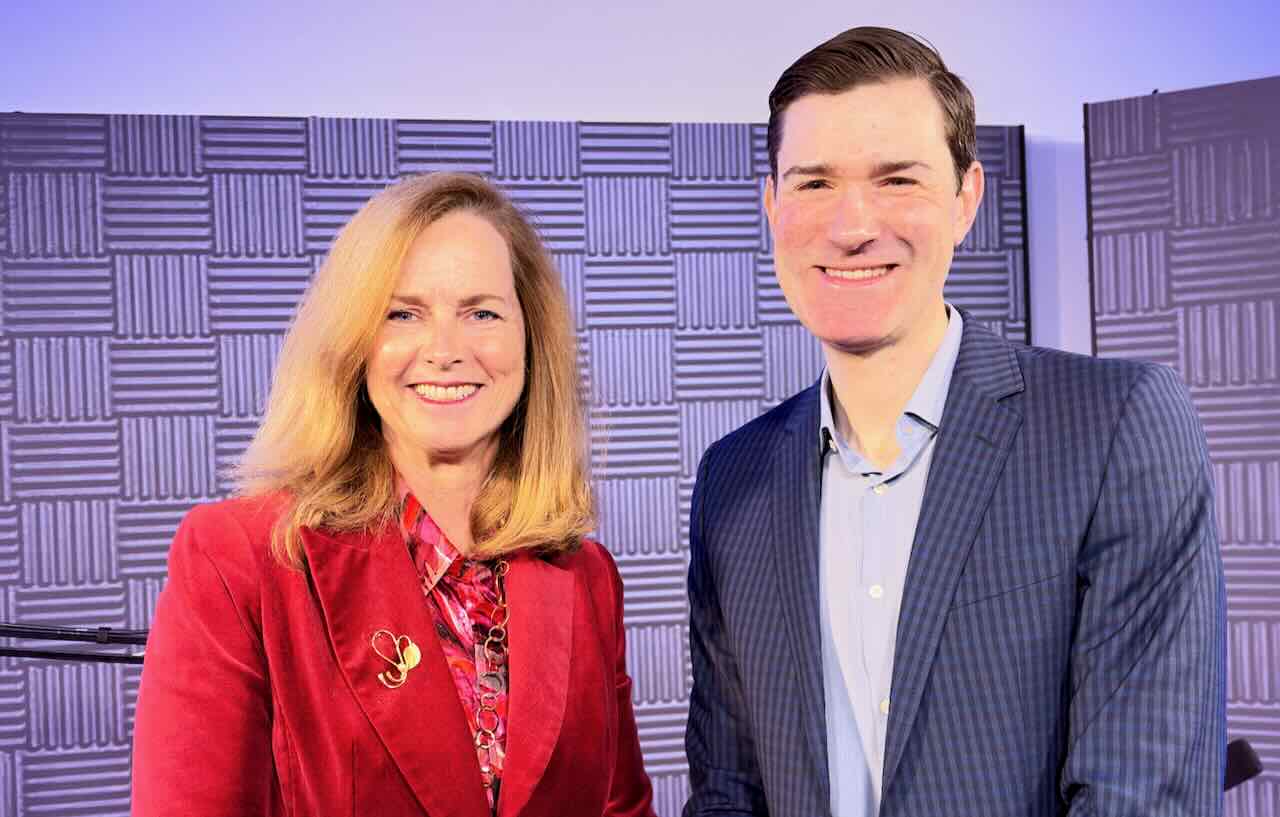There is a unique type of stillness that settles in when you’re an entrepreneur. It’s not a peaceful stillness. It’s the stillness of being stuck. It’s the feeling of staring at the same business problem, from the same desk, in the same office, day after day, and feeling the well of new ideas run completely dry. Your world, which once felt expansive and full of potential, shrinks to the size of your computer screen.
In these moments, the temptation is to hustle harder. To work longer hours, to force a solution through sheer willpower. But my journey has taught me a profound lesson: you cannot solve a problem from within the same environment that created it. The antidote to feeling stuck is not to push harder; it’s to change your perspective. Literally.
For me, the most powerful catalyst for creativity, innovation, and renewed perspective has always been travel. Stepping out of my routine and into the vast, diverse, and breathtaking landscapes of Australia is not an escape from my work; it is an essential and strategic part of my work.
My travels are the research and development phase for my art. But more than that, they are the source of my most valuable business insights. As an Australian artist, I’ve learned that the act of truly seeing a new place is a masterclass in leadership, innovation, and the art of the possible.
The Artist's Perspective: Collecting Memories, Not Just Scenes
When I travel, my goal is not just to see the iconic sights. My goal is to absorb the unique energy of a place. I pack my paints and my sketchbook, of course, but my most important tool is my sense of curiosity. My inspiration comes from being fully present in a new landscape, and I am constantly in awe of the diversity this country has to offer.
I've stood in the Flinders Ranges and felt the ancient, humbling silence of the deep red earth. I've walked the Daintree Rainforest and been enveloped by a thousand shades of living green. I've felt the wild, salt-sprayed energy of the Margaret River coastline. Each of these places has its own unique palette, its own light, its own story.
My role as an Australian landscape artist is to be a visual storyteller. I don't try to capture a place with photographic precision. Instead, I try to capture the memory and the emotion of being there. The sketches and colour studies I do on location are my raw data. They are the emotional shorthand for the experience. The real work happens when I return to my studio. It is there, surrounded by the quiet of my own space, that I translate those collected memories onto the canvas.
A piece of Naomi Simson art is not just a painting of a place. It is a painting of a feeling. It is my attempt to share the sense of wonder, peace, or energy that a particular landscape gave to me. And this process of seeking, seeing, and translating is, I believe, directly parallel to the journey of a business leader.
The Lesson in a New Palette: Breaking Your Creative Echo Chamber
When you are immersed in your business day-in, day-out, you begin to operate within a very limited "palette" of ideas. You talk to the same people, read the same industry news, and face the same challenges. Your thinking becomes an echo chamber.
Travel shatters that chamber. It forces you to see the world in a completely new set of colours and textures.
- The deep, bruised purples and burnt oranges of a Central Australian sunset are a palette you would never dream up in a city boardroom.
- The shocking, vibrant greens of Tasmania's moss-covered forests offer a lesson in the power of nuance and shade.
- The crisp, brilliant white sand and turquoise water of the Whitsundays provide a masterclass in clarity and contrast.
This exposure to a new visual language is a powerful form of artistic inspiration, but its lesson is universal. A new environment exposes you to new ideas, new ways of thinking, and new solutions. It could be a conversation with a fisherman in a small coastal town that sparks a new customer service idea. It could be observing the efficient, natural design of a beehive that inspires a new team structure.
By changing your input, you fundamentally change your output. This is the core of business innovation. Your next breakthrough idea is unlikely to be found in your inbox. It is far more likely to be waiting for you in a place you’ve never been before.
The Wellbeing Connection: The Power of a Pattern Interrupt
The human brain is an efficiency machine. It loves to create habits and patterns—neural pathways—to save energy. This is useful for driving to work without thinking about it, but it’s a disaster for creativity. When we are stressed and overworked, our brains cling to these well-worn paths, making it almost impossible to think differently.
Travel is the ultimate "pattern interrupt."
When you navigate a new town, try to decipher a menu in a different language (even a local dialect!), or simply stand in a landscape that is utterly foreign to your daily life, your brain is forced to wake up. It has to build new connections, pay closer attention, and be more engaged. This is not just mentally refreshing; it is neurologically restorative.
This is the very heart of the connection between leadership and travel. A leader who never breaks their routine becomes stale. Their perspective narrows, and their capacity for empathetic and innovative thinking diminishes.
A commitment to changing your scenery is a core practice for small business wellbeing. It doesn't have to be an expensive, overseas trip.
- It can be a weekend road trip to a country town you've never visited.
- It can be a day spent exploring a national park just an hour from your home.
- It can even be walking a different route to work or visiting a farmers' market in a different suburb.
The goal is novelty. It is about deliberately feeding your brain new sensory information to break the cycle of stress and routine. This is how you cultivate a more agile, resilient, and creative perspective.
Your Invitation to See Differently
You do not need to be a painter to be an artist. Your business is your canvas. Your team is your palette. Your strategy is your composition. And to create a masterpiece, you must step back from it occasionally. You must give yourself the gift of a new view.
My travels as an Australian artist have taught me that the world is infinitely more interesting, colourful, and full of surprising solutions than the four walls of my office would have me believe.
My invitation to you is this: plan your own inspiration trip. It might be for a day, a weekend, or a week. Don't go with a specific problem to solve. Go with an open mind and a curious heart. Go with the intention of simply seeing.
I promise you, you will come back with more than just memories. You will come back with the most valuable asset any leader can possess: a fresh pair of eyes.





